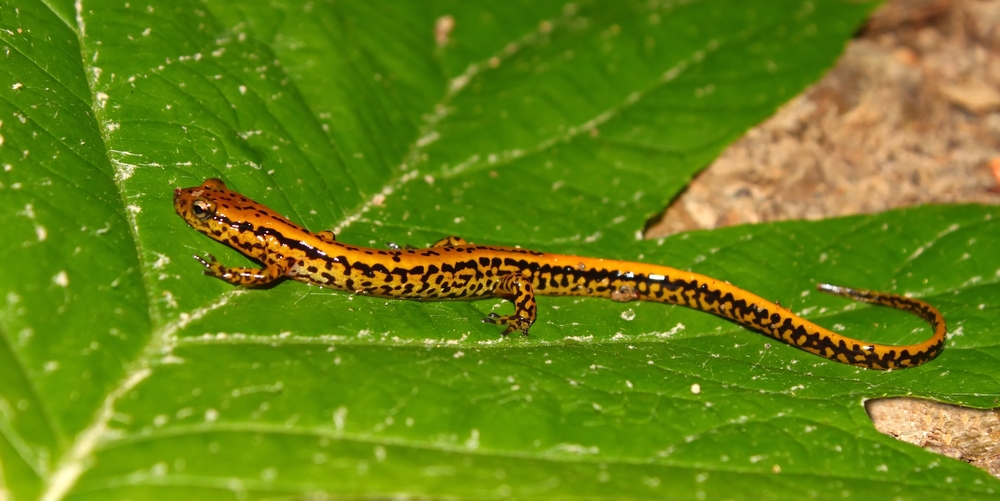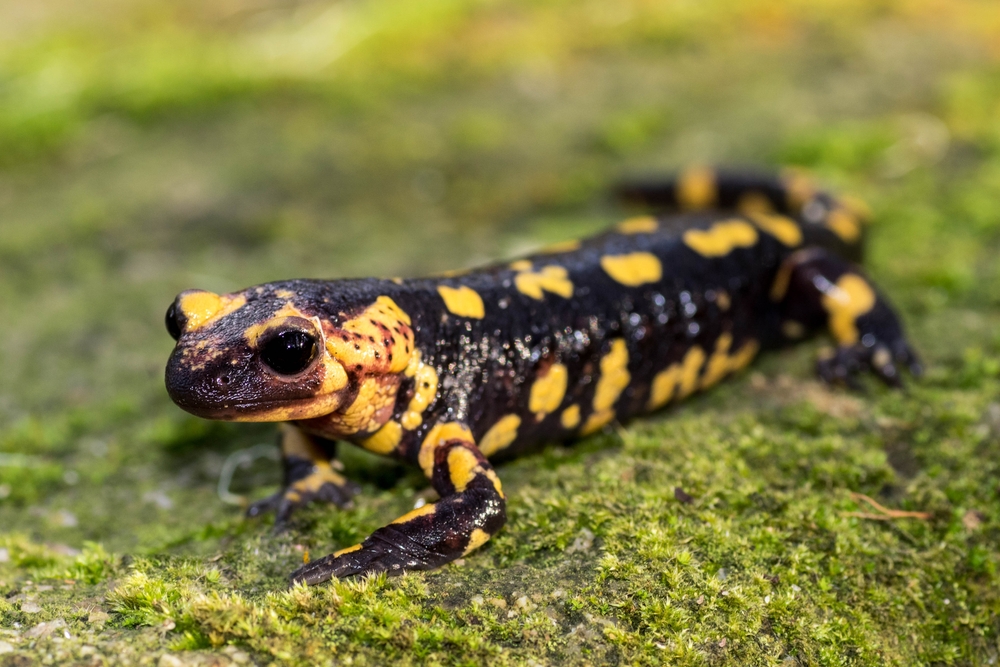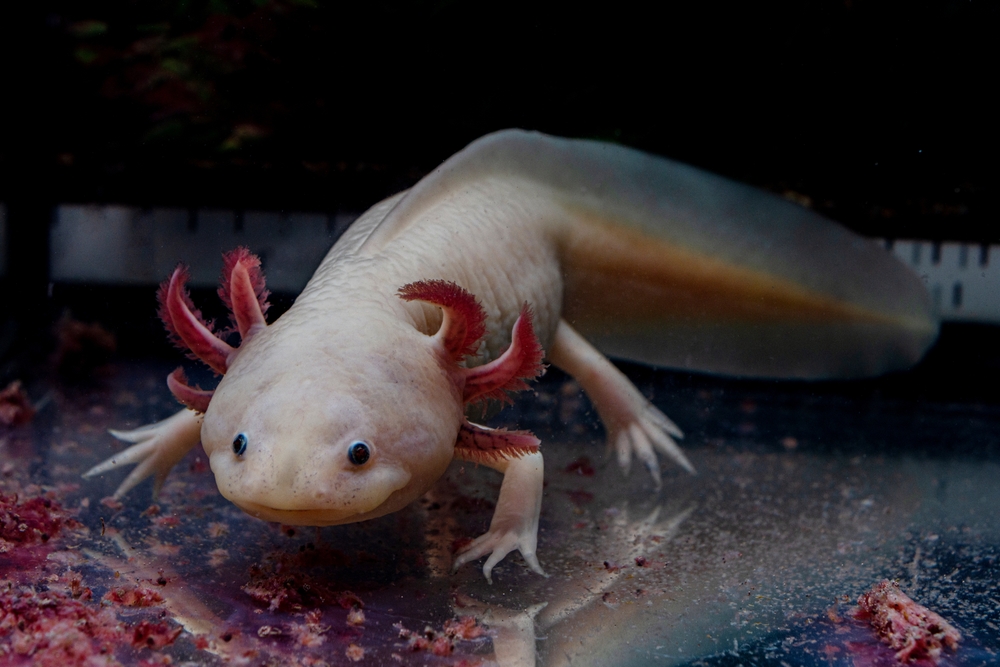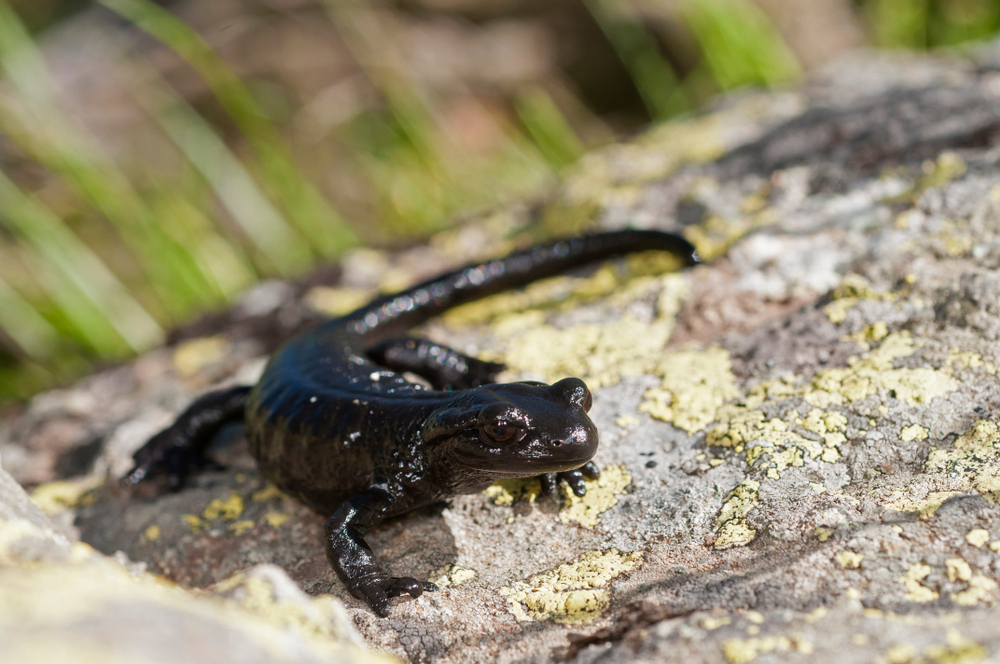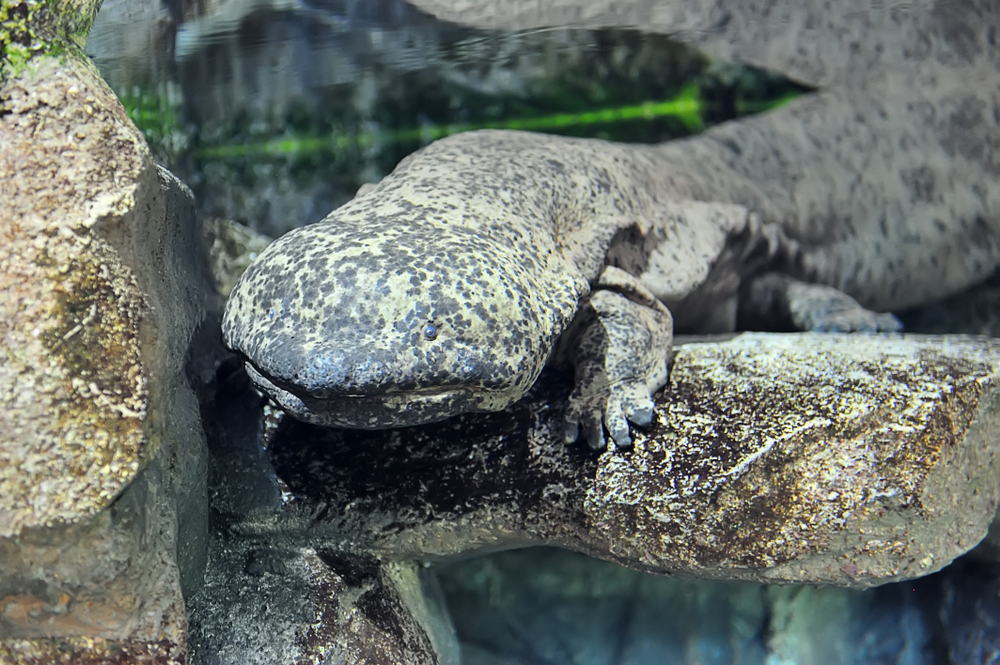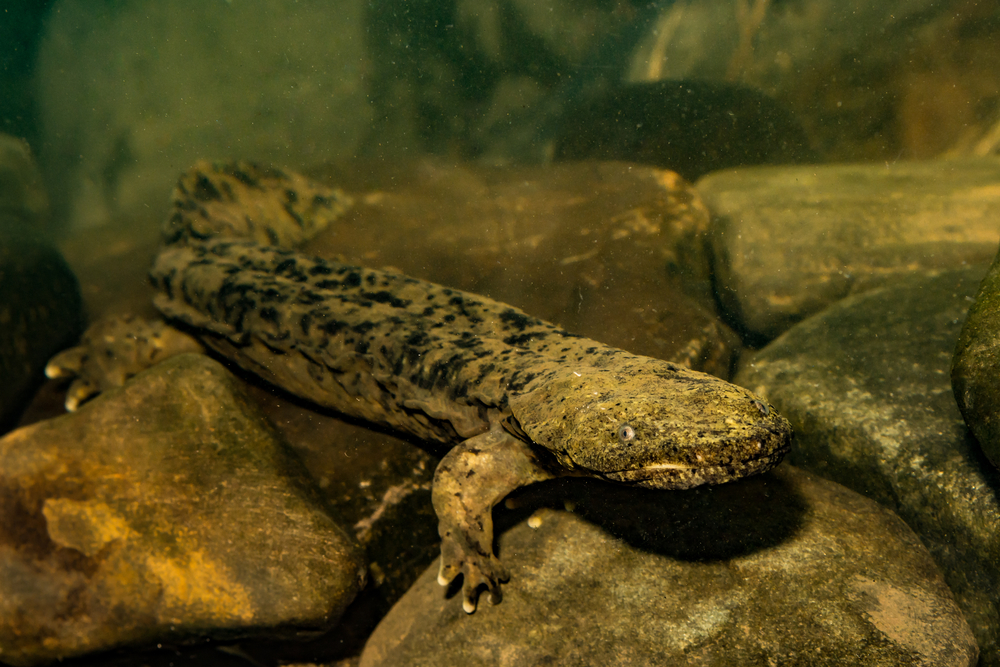Uniqueness
Exceptionally Long Tail:
The most defining trait of the Long-tailed salamander (Eurycea longicauda) is its extraordinarily long tail, which can make up 60–70% of its total body length. This trait not only distinguishes it from most other North American salamanders but also gives it exceptional agility and balance when navigating rocky crevices and steep streambanks.
Bright, Spotted Coloration:
Unusually for lungless salamanders, E. longicauda displays striking yellow to orange coloration with dark spots or streaks. These bright patterns serve as camouflage in leaf litter and dappled light, mimicking the speckled appearance of wet forest floors and rock surfaces.
Crevice and Cave Adaptation:
This species is uniquely adapted to rocky stream corridors, springs, and cave entrances, often sheltering in narrow fissures, under ledges, or inside limestone formations. Its slender body, long limbs, and flexible tail make it highly adept at living in environments too tight for bulkier salamanders.
Highly Moisture-Dependent Yet Terrestrial:
Although it lacks lungs and depends on cutaneous respiration, the Long-tailed salamander is primarily terrestrial, returning to aquatic habitats mainly for larval development. It thrives in moist, shaded uplands, unlike many lungless salamanders that remain underground or fully aquatic species that require constant water access.
Subspecies Diversity:
There are several recognized subspecies, including:
-
Dark-sided salamander (E. l. melanopleura)
-
Midland long-tailed salamander (E. l. longicauda)
-
Missouri long-tailed salamander (E. l. pernix)
These subspecies exhibit variations in spotting and habitat preference, reflecting regional adaptation across Appalachia and the Midwest.
Indicator of Karst and Stream Health:
Because it is sensitive to pollution, sedimentation, and water loss, the Long-tailed salamander is a useful bioindicator of healthy spring and cave ecosystems, particularly in limestone-rich areas of eastern North America.
Summary:
The Long-tailed salamander is one of North America’s most distinctive lungless salamanders, with its elongated tail, vivid coloration, and cliffside agility. It thrives in moist, rocky microhabitats and serves as both a biological specialist and a conservation signal for streamside and karst environments. Its form and function reflect a unique evolutionary niche among eastern U.S. amphibians.



































































